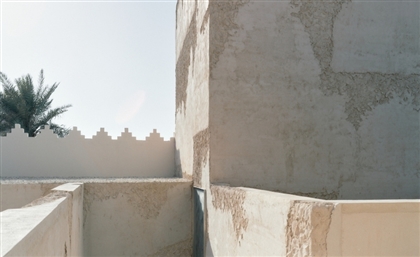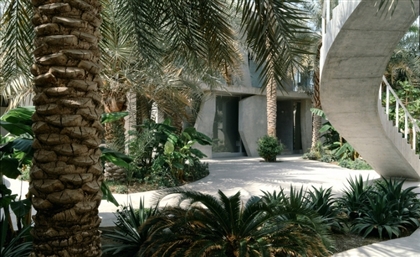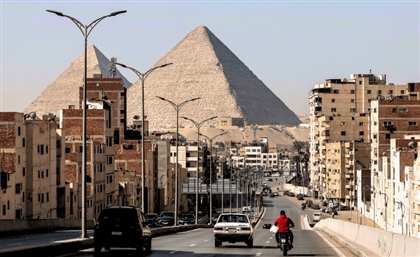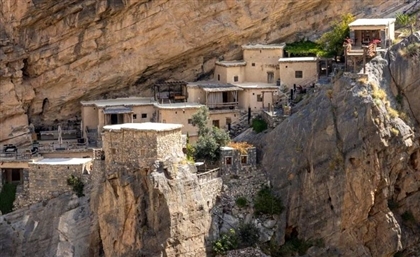Christian Kerez Crafts Four Swaying Car Parks for Bahrain's Pearl Path
The car parks cover 45,000 sqm, reshaping four open voids within the dense medieval urban fabric of Muharraq.
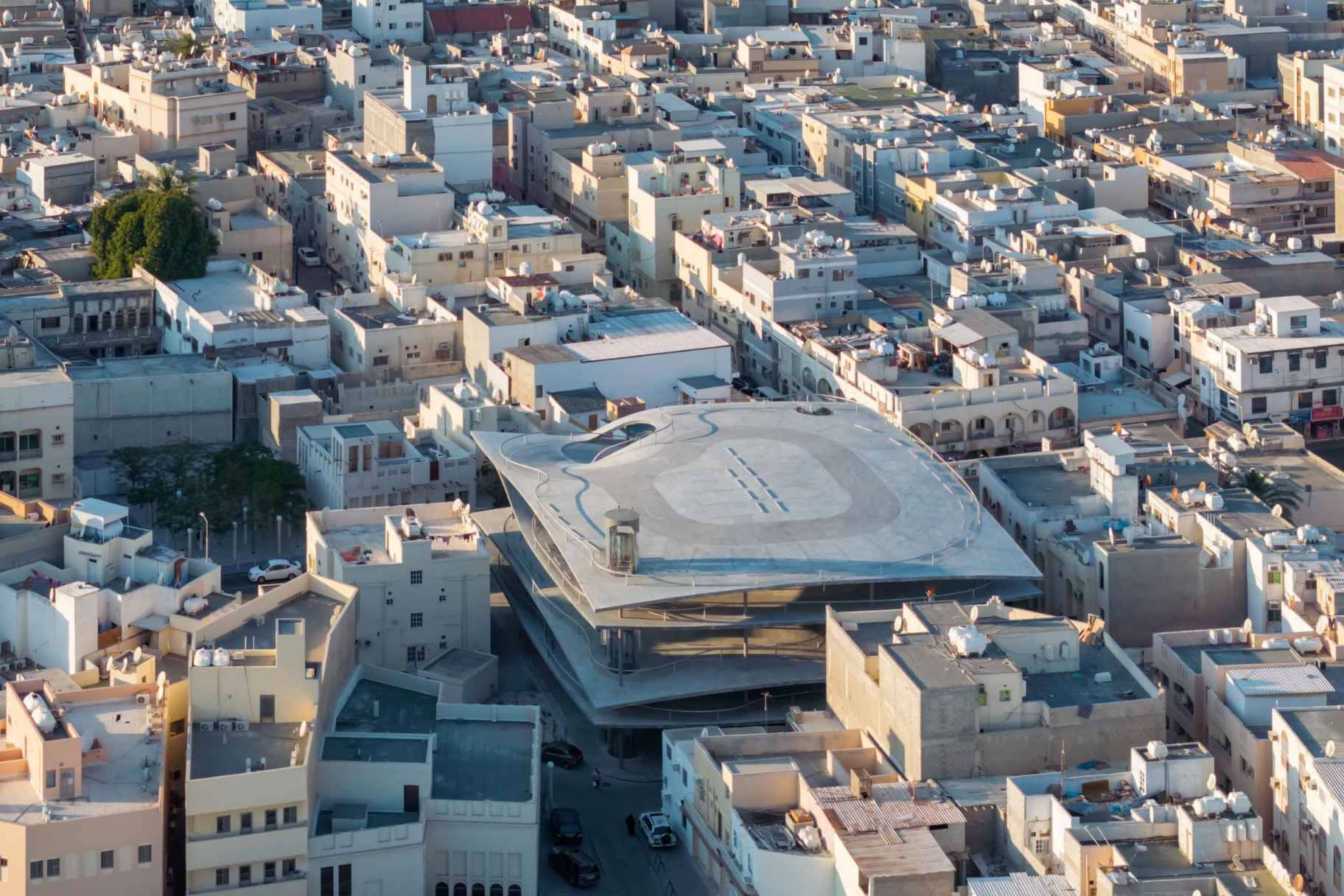
In the heart of Muharraq’s historic core, amid the restoration of traditional homes and contemporary interventions under Bahrain’s Pearl Path Project, four unconventional car parks - spanning a total of 45,000 square metres - redefine the typology of public infrastructure. Designed by Swiss architect Christian Kerez, these structures embody a paradox, being both raw and weightless, where brutalists seem to almost float on top of the street.
-7ec6e366-bcc1-4c1e-86f5-ebed5694dcdb.jpg) Unlike conventional parking structures, these four car parks are stripped of facade walls, exposing their raw skeletal structure. Stacked like sheets of paper, each slab curves and slopes, while slender round columns rise in a delicate grid, lending an unexpected lightness to the rigid concrete form.
Unlike conventional parking structures, these four car parks are stripped of facade walls, exposing their raw skeletal structure. Stacked like sheets of paper, each slab curves and slopes, while slender round columns rise in a delicate grid, lending an unexpected lightness to the rigid concrete form.
-57bbb83f-2feb-4037-aaa6-1bfbdaaf4655.jpg) This design approach dissolves boundaries, seamlessly merging exterior and interior. With slabs bending into ramps, movement through the parking structure becomes fluid, shaping a distinctive spatial experience. As one ascends or descends, the geometry shifts - concave to convex, high to low - expanding into dynamic spaces that open inward or extend outward, redefining the perception of the enclosure.
This design approach dissolves boundaries, seamlessly merging exterior and interior. With slabs bending into ramps, movement through the parking structure becomes fluid, shaping a distinctive spatial experience. As one ascends or descends, the geometry shifts - concave to convex, high to low - expanding into dynamic spaces that open inward or extend outward, redefining the perception of the enclosure.
-3bce350c-95e0-4533-a554-b9877f163930.jpg) Plot A, the largest of the four, stretches 170 metres along a main road and roundabout, offering a continuous, uninterrupted driving loop from the ground floor to the rooftop. To descend, vehicles follow a mirrored path along the opposite side. The structure shifts in spatial character, with one half nearly adjoining Anne Holtrop’s Green Corner Building, creating a dynamic interplay of proximity and openness.
Plot A, the largest of the four, stretches 170 metres along a main road and roundabout, offering a continuous, uninterrupted driving loop from the ground floor to the rooftop. To descend, vehicles follow a mirrored path along the opposite side. The structure shifts in spatial character, with one half nearly adjoining Anne Holtrop’s Green Corner Building, creating a dynamic interplay of proximity and openness.
-fdd8c0ce-7563-4f4f-94d5-81f797ebee83.jpg) Plot B takes a more restrained approach, forgoing the perforated slabs seen in Plot A in favour of simple cuts that guide movement between levels. While the circulation remains similar, its geometry is more uniform, nestled within a context of low-rise, homogeneous buildings.
Plot B takes a more restrained approach, forgoing the perforated slabs seen in Plot A in favour of simple cuts that guide movement between levels. While the circulation remains similar, its geometry is more uniform, nestled within a context of low-rise, homogeneous buildings.
-5e20bc8f-000d-4bd5-ab59-3f68b8fab823.jpg) Plot C, positioned across from a prominent mosque and the historic Palace of the Winds, adopts a more deferential design. Unlike the other structures, it consists of only a single level, preserving the spirit of the neighbourhood while fulfilling its function with minimal intrusion.
Plot C, positioned across from a prominent mosque and the historic Palace of the Winds, adopts a more deferential design. Unlike the other structures, it consists of only a single level, preserving the spirit of the neighbourhood while fulfilling its function with minimal intrusion.
-40f8365d-e997-4bba-8775-b61e0936f443.jpg) Plot D, the smallest yet most visible of the four, embraces a sculptural, vertical presence. Its constrained footprint posed the greatest organizational challenge, making it a prototype for the subsequent car parks, setting a precedent for both form and function.
Plot D, the smallest yet most visible of the four, embraces a sculptural, vertical presence. Its constrained footprint posed the greatest organizational challenge, making it a prototype for the subsequent car parks, setting a precedent for both form and function.
Photography Credit: Maxime Delvaux.
Trending This Week
-
Nov 23, 2025








